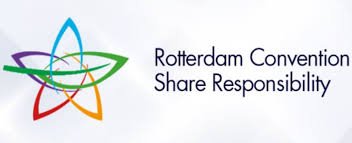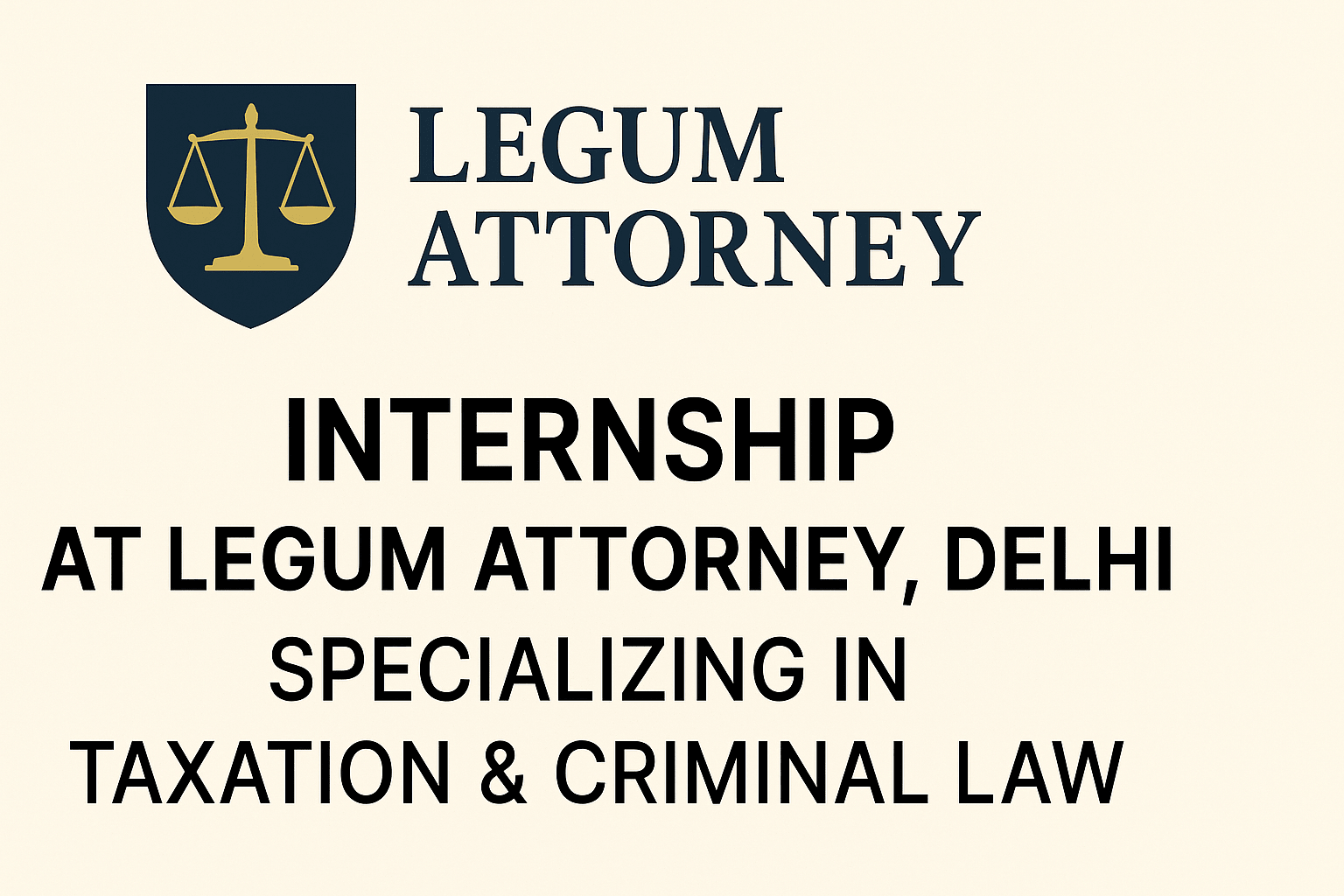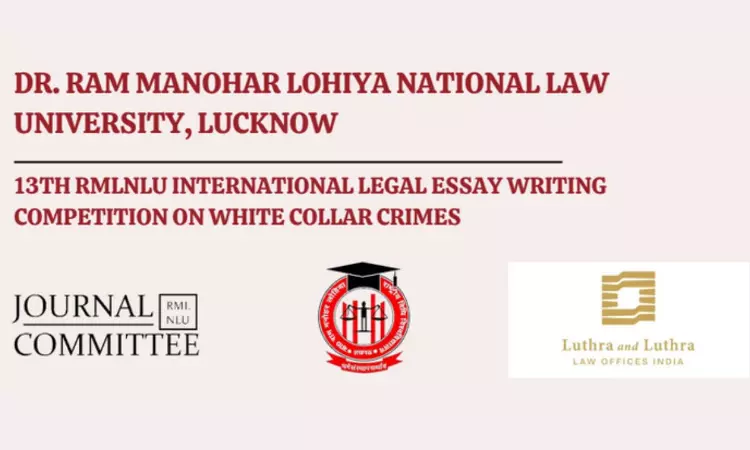Rotterdam Convention: Overview of Legal Status of Rotterdam Convention
INTRODUCTION
The Rotterdam Convention which is formally known as the Rotterdam Convention on the Prior Informed Consent Procedure for Certain Hazardous Chemicals and Pesticides in International Trade, is a multilateral treaty which promotes shares responsibilities in related to the importance of hazardous chemicals. The drastic development in chemical creation and exchange during the previous three decades has raised worries about the potential dangers presented by unsafe synthetic compounds and pesticides. Nations lacking satisfactory foundation to screen the import and utilization of these synthetic compounds are especially defenceless.
Because of these worries, UNEP and FAO began creating and advancing deliberate data trade programs in the mid-1980s. FAO propelled its International Code of Lead on the Distribution and Use of Pesticides in 1985 and UNEP built up the London Guidelines for the Exchange of Information on Chemicals in International Trade in 1987. In 1989, the two associations together presented the deliberate Prior Informed Consent (PIC) methodology into these two instruments. Together, these instruments assisted with guaranteeing that administrations had the essential data to empower them to survey the dangers of unsafe synthetic substances and to take educated choices on their future import. Seeing the requirement for obligatory controls, authorities going to the 1992 Rio Earth Summit embraced Section 19 of Agenda 21, which required a legitimately restricting instrument on the PIC method by the year 2000. Subsequently, the FAO Council (in 1994) and the UNEP Governing Council (in 1995) commanded their Executive Heads to dispatch exchanges. Talks began in March 1996 and closed in March 1998 with the finish of the content of the Convention on the Prior Informed Assent Procedure for Certain Hazardous Chemicals in International Trade.
As clear declaration to the criticalness credited to tending to global exchange unsafe synthetic substances, governments finished the exchanges of the Convention in just two years, which was additionally two years in advance of the cut-off time set by the Rio Earth Summit.
The Rotterdam Convention was received at the Diplomatic Conference held in Rotterdam on 10 September 1998. It went into power on 24 February 2004, 90 days after testimony of the 50th instrument of sanction. Between the appropriation of the Convention and its entrance into constrain, it has been worked on an intentional premise as the interval Prior Informed Consent (PIC) strategy whose object was to proceed with the first PIC system and to get ready for powerful activity of the Convention upon its entrance into power.
During the interval time frame, more than 170 nations have assigned somewhere in the range of 265 national specialists (DNAs) to follow up for their benefit in the exhibition of the regulatory capacities required by the Convention. On section into power the Convention turned out to be legitimately official for its Parties. This is United Nations Treaty which was signed on 10th September, 1998 at Rotterdam, the Netherlands and became effective on 24th February 2004. There were 72 signatory member nations of this treaty and currently there are 161 member nations are the part of this convention.
This convention advances open exchange of information and also calls on exporters of hazardous chemicals to instruct them to use proper labelling, gives direction of safe handling and notify the purchasers of any known restrictions or bans. The signatory members can decide whether to allow impose ban on the importation of chemicals which are listed in the treaty and exporting nations are having the responsibility to make sure that producers within their jurisdiction comply with the provisions.
In 2012, the Secretariats of the Basel and Stockholm shows, just as the UNEP-part of the Rotterdam Convention Secretariat, converged to a solitary Secretariat with a grid structure serving the three conventions. The three shows currently keep down to back Conferences of the Parties as a major aspect of their joint collaborations choices. The ninth gathering of the Rotterdam Conference was held from 29 April to 10 May 2019 in Geneva, Switzerland.
OBJECTIVES OF CONVENTION
As per Article 1 of the Convention, it explains the objectives of the Convention.
To advance shared duty and helpful endeavours among Parties in the universal exchange of certain dangerous synthetic substances so as to shield human wellbeing and the earth from potential mischief;
To add to the earth sound utilization of those dangerous synthetic concoctions, by encouraging data trade about their attributes, by accommodating a national dynamic procedure on their import and send out and by spreading these choices to Parties.
SCOPE OF THE CONVENTION
According to the Article 3 of the Convention, the article explains the scope of the convention. the Convention enables the world to monitor and control the trade in certain hazardous chemicals. It is not a recommendation to ban the global trade or use of specific chemicals. It gives importing Parties the power to make informed decisions on which of these chemicals they want to receive and to exclude those they cannot manage safely. If trade does take place, requirements for labelling and provision of information on potential health and environmental effects will promote the safe use of these chemicals.
1.This Convention applies to:
(a) Banned or severely restricted chemicals; and
(b) Severely hazardous pesticide formulations.
2. This Convention does not apply to:
(a)Narcotic drugs and psychotropic substances;
(b) Radioactive materials;
(c) Wastes;
(d) Chemical weapons;
(e) Pharmaceuticals, including human and veterinary drugs;
(f) Chemicals used as food additives;
(g) Food;
(h) Chemicals in quantities not likely to affect human health or the environment provided they are imported:
(i) For the purpose of research or analysis; or
(ii) By an individual for his or her own personal use in quantities reasonable for such use.
Also Read: Gold at Customs: Delhi High Court Orders Major Reforms in Seizure & Detention of Passenger Goods
LIST OF CHEMICALS WHICH ARE INCLUDED
The Convention covers pesticides and mechanical synthetic substances that have been restricted or harshly limited for wellbeing or natural reasons by taking part by the Parties. Seriously dangerous pesticide plans that present a peril under the states of utilization in creating nation Parties or Gatherings with economies on the move may likewise be incorporated. Article 5,6,7 and 8 of the Convention consist the provisions regarding the list of chemicals which are included and not to be included.
Annex III of the Convention contains a rundown of modern synthetic substances, pesticides and seriously dangerous pesticide details which are dependent upon the Prior Informed Consent (PIC) procedure. The Show sets out criteria and a procedure for the incorporation of extra synthetic concoctions in Annex III. The process begins when two Parties from two PIC locales boycott or seriously limit a synthetic, or one Gathering proposes a seriously dangerous pesticide detailing. The Chemical Review Committee surveys the data against the criteria set out in the Convention and makes suggestions to the Meeting of the Parties with regards to whether the compound being referred to ought to be recorded in Annex III.
An official choice is taken by the Conference of the Parties. In 1998 the content of the Convention was embraced with 27 synthetic compounds in Annex III. In September 2004 the Conference of the Parties included a further arrangement of synthetic substances dependent on work finished during the break PIC method. In October 2008 an extra substance was included the rundown of Annex III synthetics.
Substances that are covered under the Convention- 2,4,5-T and its salts and esters, Alachlor, Aldicarb, Aldrin, Asbestos – Actinolite, Anthophyllite, Amosite, Crocidolite, and Tremolite only, Benomyl (certain formulations), Binapacryl, Captafol, Carbofuran (certain formulations), Chlordane, Chlordimeform, Chlorobenzilate, DDT, Dieldrin, Dinitro-ortho-cresol (DNOC) and its salts, Dinoseb and its salts and esters, 1,2-dibromoethane (EDB), Endosulfan, Ethylene dichloride, Ethylene oxide, Fluoroacetamide, Hexachlorocyclohexane (mixed isomers), Heptachlor, Hexachlorobenzene, Lindane, Mercury compounds including inorganic and organometallic mercury compounds, Methamidophos (certain formulations), Methyl parathion (certain formulations), Monocrotophos, Parathion, Pentachlorophenol and its salts and esters, Phosphamidon (certain formulations), Polybrominated biphenyls (PBB), Polychlorinated biphenyls (PCB), Polychlorinated terphenyls (PCT), Tetraethyl lead, Tetramethyl lead, Thiram (certain formulations), Toxaphene, Tributyl tin compounds, Tris (2,3-dibromopropyl) phosphate (TRIS).
HOW DOES IT WORK? – KEY PLAYERS
- Parties and their Designated National Authorities (DNAs) – Parties are countries or regional economic integration organizations that have ratified, accepted, approved or acceded to the Convention. Each Party must designate one or more national authorities, which are the primary and main contact points for matters which are relating to the operation of the Convention and are authorized to perform the administrative functions required by the Convention.
- Conference of the Parties (COP) – It is explained under Article 19 of the Convention. The Conference of the Parties look after the operation of the Convention and makes important decisions regarding amendments to the Convention, including the addition of chemicals to Annex III.
Chemical Review Committee (CRC) – The Chemical Review Committee is a subsidiary body of the Conference of Parties. Its members are government designated experts in chemicals management. It has the responsibility of reviewing notifications and proposals from Parties, and making recommendations to the COP on the addition of chemicals to Annex III.
• Secretariat (Article 19) – The Secretariat for the Rotterdam Convention is provided jointly by FAO and UNEP. The elements of the Secretariat incorporate creation authoritative game plans for gatherings of the COP and its backup bodies, checking data going with warnings and proposition, dispersing import reactions gave by the Parties, encouraging help to creating nation Gatherings, encouraging data trade among Parties and guaranteeing coordination with other universal associations.
HOW DOES IT WORK? – KEY ELEMENTS
To achieve its objectives the Convention includes two key provisions, namely the Prior Informed Consent (PIC) procedure and information exchange.
• The Prior Informed Consent (PIC) procedure –
The PIC strategy is an instrument for officially acquiring and dispersing the choices of bringing in Parties regarding whether they wish to get future shipments of those synthetics recorded in Annex III of the Convention and for guaranteeing consistence with these choices by sending out Parties. The provisions for the same are explained under Article 8, 10 and 11 of the Convention.
• For every one of the synthetic substances recorded in Annex III and subject to the PIC technique a Decisions Guidance Document (DGD) is arranged and sent to all Parties. The DGD is planned to help governments survey the dangers associated with the taking care of and utilization of the substance and make increasingly educated choices about future import and utilization of the concoction, considering nearby conditions.
• All Parties are responsible to take a decision as to whether or not they will allow future import of each of the chemicals in Annex III of the Convention. These decisions, known as import responses, then are sent to the Secretariat by the DNA. A listing of the import chemical list are given for each chemical subject to the PIC procedure is circulated by the Secretariat to all DNAs every six months through the PIC Circular. Import decisions taken by Parties must be trade in neutral way, that is, if the Party decides not to accept imports of a specific chemical, it must also stop domestic production of the chemical for domestic use and refuse imports from any source, including from non-parties.
• All exporting Parties are responsible to ensure that exports of chemicals subject to the PIC procedure that it must not occur contrary to the decision of each importing Party. Each party should ensure that import responses published in the PIC Circulars are immediately informed to their exporters, industry and any other relevant authorities, such as the Department of Customs.
• Information exchange – The Convention provides information exchange among Parties for a very broad range of potentially hazardous chemicals. It is explained under the Article 14 of the Convention.
• The Convention requires each Party to notify the Secretariat when taking a national regulatory action to prohibit or severely restrict a chemical. A developing country party nation or a Party with an economy in transition that is experiencing problems caused by a severely hazardous pesticide formulation may report the same problems to the Secretariat. All Parties receive summaries of these notifications and proposals on a regular basis by way of the PIC Circular.
• When a synthetic that is prohibited or severely restricted by a Party is exported from its territory, that Party must notify each individual importing Party before the first shipment and annually thereafter.
• Exports of prohibited or severely restricted chemicals, as well as chemicals subject to the PIC procedure, are to be appropriately labelled and accompanied by basic health and safety information in the form of a safety data sheet.
WHAT ARE THE BENEFITS TO PARTIES?
Benefits to Parties include:
• Early warning system – Through the half-yearly PIC Circular, Parties are made mindful of national bans or serious limitations of unsafe synthetic substances by different Parties and data on episodes coming about because of the utilization of risky pesticide plans causing human harming or ecological harm.
• Informed decision-making
Gatherings get a choice direction archive (DGD) for every substance recorded in Annex III of the Convention. The data contained in a DGD gives a premise to settling on an educated choice with respect to future import of these synthetic substances.
• Shared responsibilities
The Convention encourages Parties to all the more likely oversee synthetic compounds and to stay away from the import of certain undesirable synthetic substances by advancing a mutual duty among bringing in and trading Parties. Bringing in Parties have a duty to settle on educated choices with respect to future import in an opportune way, while sending out Parties have an obligation to guarantee that fares don’t happen in opposition to the import choices of bringing in Parties.
Abortion: Towards safer and Decisive womanhood through expanding access to Abortion law
• Export notification
A fare warning reminds a bringing in Party that it will get a compound that has been prohibited or seriously limited in the sending out Party. The bringing in Party may accept the open door to look for additional data on the substance and consider whether it may need to apply chance administration activities. The provision for the same is mentioned under Article 12 of the Convention.
• Information accompanying export
Data gave on marks and the wellbeing information sheet that are required to go with the fare of certain perilous synthetic substances causes bringing in Parties to limit dangers to labourers, others and the earth. It is explained under Article 13 of the Convention.
• Networks among DNAs
A rundown of the contact subtleties for all DNAs selected by Parties under the Convention is accessible on the Convention site and circled with the PIC Circular like clockwork. It establishes a system of people with information and involvement with the usage of the Rotterdam Convention.
CONCLUSION
The Convention accommodates specialized help between Parties. Gatherings are to coordinate in advancing specialized help for the advancement of the foundation and the limit important to oversee synthetic compounds for the fruitful execution of the Convention. Gatherings with further developed programs for controlling synthetic concoctions are urged to give specialized help, remembering preparing to different Parties for building up their framework and ability to oversee synthetics all through their life-cycle.
REFERENCES
- • www.foa.org
- • www.informea.org
- • www.pic.int








